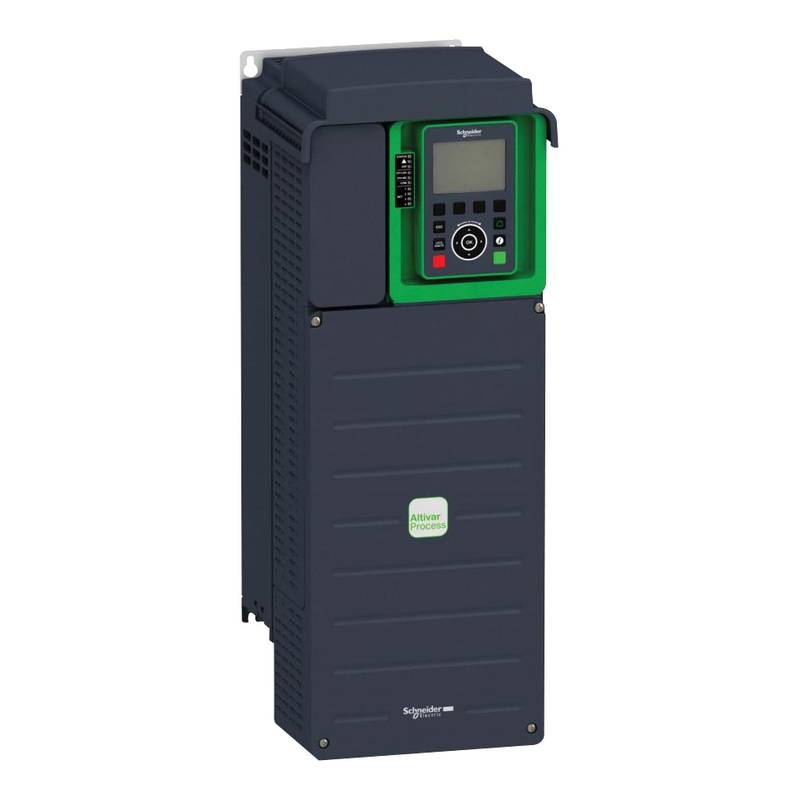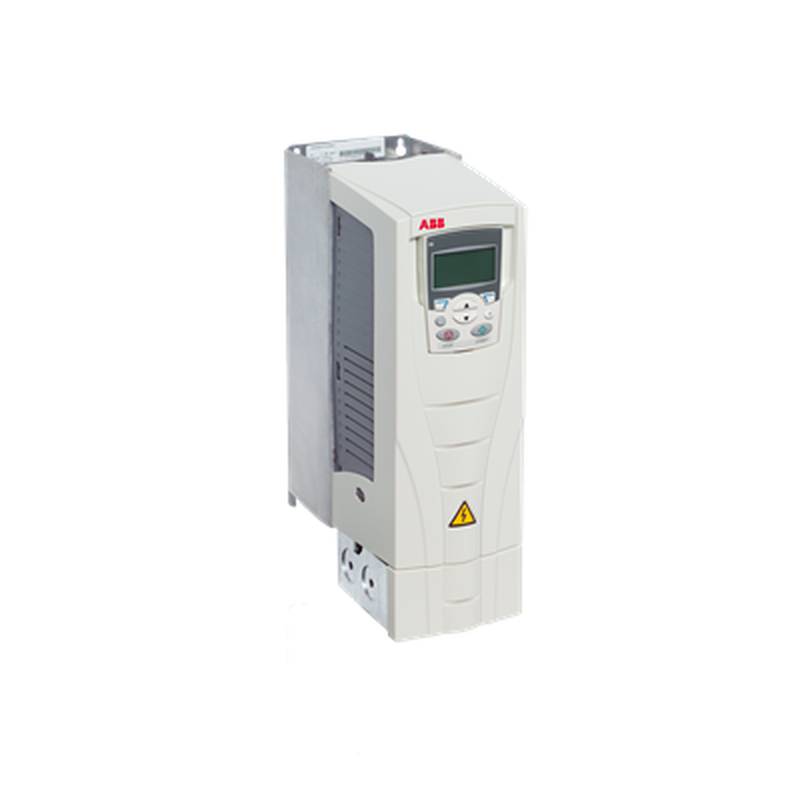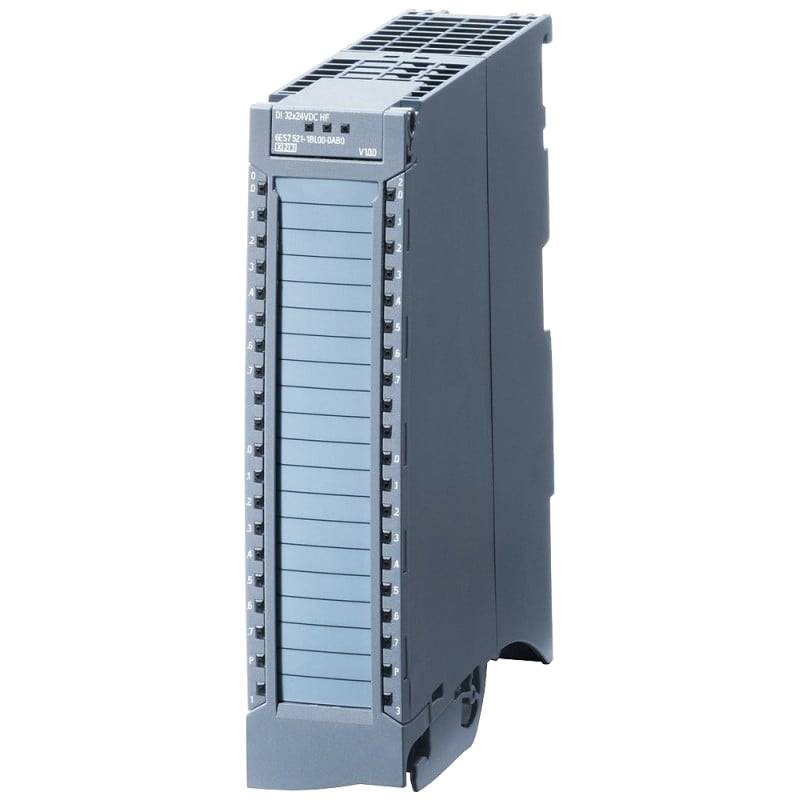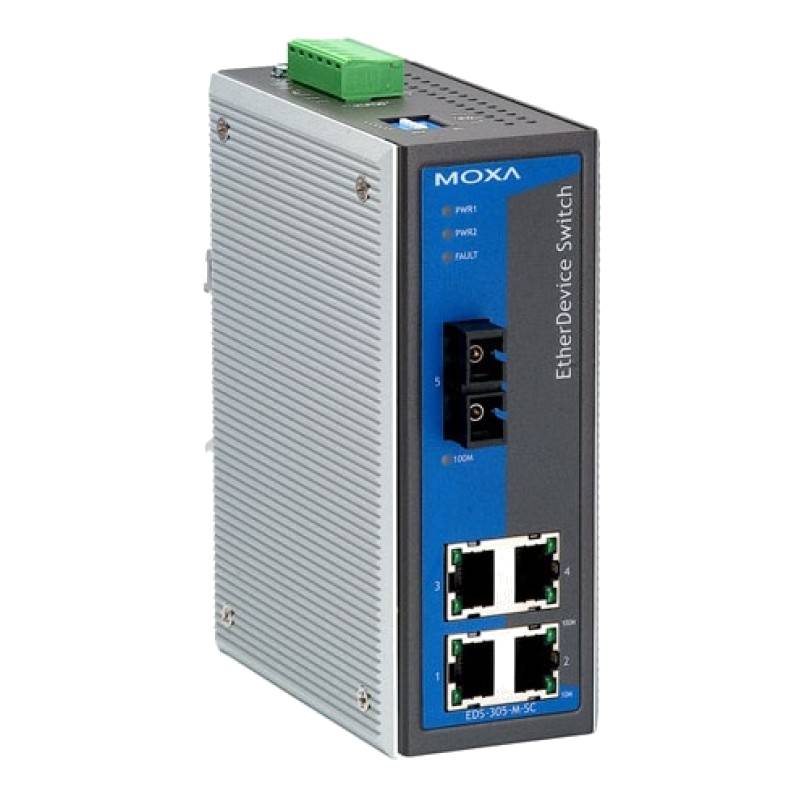
The Siemens 5SN6506-8CN is a robust 1-pole + neutral, 6A miniature circuit breaker (MCB) engineered for demanding motor protection applications. This high breaking capacity device offers superior circuit safeguarding, ensuring operational continuity and equipment longevity in industrial settings. Its core advantages lie in its precise tripping characteristics, designed to protect motors from overloads and short circuits, thereby preventing costly downtime and damage. Key technical parameters include a rated voltage of 230/400V AC, a breaking capacity of 6kA, and a tripping curve type C, making it exceptionally suitable for inductive loads typical in motor circuits.
Product Specifications
| Feature | Specification |
| :------------------------ | :--------------------------------- |
| Product Type | Miniature Circuit Breaker (MCB) |
| Manufacturer | Siemens |
| Model Number | 5SN6506-8CN |
| Poles | 1P+N (1 Pole + Neutral) |
| Rated Current (In) | 6A |
| Rated Voltage (Ue) | 230/400V AC |
| Breaking Capacity (Icn) | 6kA |
| Tripping Curve | Type C |
| Frequency | 50/60 Hz |
| Operating Temperature | -25°C to +55°C |
| Protection Class | IP20 |
| Mounting Type | DIN Rail |
| Terminal Type | Screw Terminal |
| Conductor Cross-Section | 1.5-10 mm² (rigid), 1.5-6 mm² (flexible) |
Core Features & Market Positioning
The Siemens 5SN6506-8CN distinguishes itself through its specialized design for motor protection, offering a Type C tripping curve that provides a higher pickup current for inductive loads, delaying nuisance tripping during motor start-up while ensuring rapid protection against short circuits. This makes it a preferred choice over standard general-purpose MCBs for motor control circuits where inrush currents are common. Its high breaking capacity of 6kA ensures safety even in fault conditions with significant current levels. Positioned as a reliable and cost-effective solution, the 5SN6506-8CN integrates seamlessly into Siemens' broader industrial control and automation portfolio, aligning with their reputation for quality and durability.
Key Application Scenarios
This Siemens MCB is ideally suited for protecting individual motor circuits in various industrial applications. Common scenarios include safeguarding pumps, fans, conveyors, machine tools, and small compressors in manufacturing plants, HVAC systems, and process automation. Its 1P+N configuration is particularly useful for circuits requiring neutral conductor switching, common in single-phase motor applications. The Type C characteristic ensures that it can handle the momentary high inrush current when a motor starts without tripping prematurely, offering reliable protection against sustained overloads and dangerous short circuits.
Practical System Integration Guidance
Integrating the Siemens 5SN6506-8CN into an electrical system is straightforward due to its standard DIN rail mounting and screw terminal connections. Install the MCB onto a standard 35mm DIN rail, ensuring secure mounting. Connect the incoming power supply to the line terminals and the outgoing load to the respective load terminals. For the 1P+N version, ensure both the live and neutral conductors for the motor circuit are correctly connected to the corresponding poles of the MCB. Observe proper wiring practices, using conductors of appropriate cross-sectional area (1.5-10 mm² rigid, 1.5-6 mm² flexible) as specified. Always ensure the main power supply is de-energized before performing any wiring or maintenance.
Operation and Risk Mitigation
Operation of the Siemens 5SN6506-8CN involves simple manual switching via the toggle lever; up for ON, down for OFF. In the event of an overload or short circuit, the MCB will automatically trip, disconnecting the power to protect the motor and wiring. The tripping mechanism is purely mechanical, requiring manual reset after a fault condition has been cleared. Risk mitigation is inherent in the MCB's design: its accurate tripping characteristics prevent overheating and potential fires caused by sustained overloads, while its high breaking capacity safely interrupts dangerous short-circuit currents, preventing equipment damage and electrical hazards. Regular visual inspection for any signs of damage or overheating is recommended.
Scalability & Long-Term Value
While the 5SN6506-8CN is a specific component, its integration within the broader Siemens ecosystem offers long-term value through compatibility. It can be part of larger Siemens motor control centers (MCCs) or distribution boards, allowing for modular system design and expansion. For applications requiring more advanced monitoring or digital integration, this MCB can be combined with upstream or downstream Siemens devices that offer communication capabilities, facilitating its inclusion in IIoT platforms for remote monitoring and predictive maintenance strategies. Its robust construction ensures a long operational lifespan, minimizing the need for frequent replacements.
Frequently Asked Questions
What is the primary function of the Siemens 5SN6506-8CN MCB?
This MCB primarily safeguards motors from electrical faults. It protects against overloads and short circuits. It prevents motor and wiring damage effectively.
It offers a crucial layer of safety in industrial applications. It ensures operational continuity by preventing downtime. The device is designed for reliability.
Its Type C curve is optimized for motor start-up currents. This minimizes nuisance tripping scenarios. It provides timely fault interruption.
Can the Siemens 5SN6506-8CN be used for general lighting circuits?
While technically possible, it's not the optimal choice. Type C curves are for high inrush currents. General lighting has lower inrush characteristics.
Standard Type B or Type C MCBs are more typical for lighting. Using this MCB might lead to over-protection. It's specifically engineered for motor loads.
Consider the specific load requirements for best practice. Ensure correct breaker selection for efficiency. This optimizes system performance and safety.
What does "1P+N" mean in the Siemens 5SN6506-8CN specification?
"1P+N" signifies a 1-pole plus neutral configuration. It means the breaker switches both live and neutral conductors. This is common for single-phase loads.
It ensures complete isolation of the circuit. This is vital for maintenance safety. It's often used in specific single-phase motor applications.
This design provides enhanced safety compared to single-pole breakers. It guarantees disconnection of both current-carrying conductors. It's a key feature for certain electrical systems.
What is the breaking capacity of the 5SN6506-8CN, and why is it important?
The breaking capacity is 6kA (kiloamperes). This indicates the maximum fault current it can safely interrupt. It's a critical safety parameter.
A higher breaking capacity means greater protection. It can handle larger fault currents without damage. This prevents dangerous arcing and equipment failure.
Selecting an MCB with adequate breaking capacity is vital. It must exceed the prospective short-circuit current at its installation point. This ensures reliable protection.
How do I reset the Siemens 5SN6506-8CN after it trips?
After a trip, locate the tripped breaker. Identify the cause of the overload or fault. Ensure the fault condition is resolved.
Manually reset the breaker by flipping the toggle lever upwards. If it trips again immediately, the fault persists. Further investigation is required.
Do not force the lever if it feels stuck. Always de-energize the circuit before inspecting internal wiring. Safety first is paramount.
What type of motor is the 5SN6506-8CN best suited for?
It is ideal for single-phase motors. Particularly those with significant inrush current. Examples include fans, pumps, and small compressors.
Its Type C tripping curve is designed for inductive loads. It handles the temporary high current surge during startup. This prevents nuisance tripping.
For larger three-phase motors, different MCBs may be needed. Always consult motor datasheets for specific protection requirements. Ensure correct application matching.
Can this MCB be used in residential or commercial buildings?
Primarily designed for industrial use. Its 6kA breaking capacity is suitable for many industrial faults. For residential, lower ratings might suffice.
Commercial applications, especially light industrial, are viable. Always verify compliance with local electrical codes. Ensure the application matches the breaker's rating.
It offers robust protection for specific loads. Consider the overall system design and safety standards. Industrial applications are its core strength.
What is the significance of the Type C tripping curve?
Type C curves offer delayed tripping for inrush currents. They are designed for inductive loads like motors. They allow for start-up surges without tripping.
Standard Type B trips at 3-5 times rated current. Type C trips at 5-10 times rated current. This delay is crucial for motor operation.
It provides robust protection against short circuits. It balances motor protection with operational reliability. It's a key feature for motor circuits.
How does the 5SN6506-8CN protect against overloads?
Overloads occur when current exceeds the rated value for too long. The MCB contains a thermal element. This element heats up with excess current.
As the thermal element heats, it bends. This bending action eventually triggers the trip mechanism. It disconnects the power safely.
The tripping time depends on the overload magnitude. Higher overloads trip faster. This prevents motor overheating and damage.
What are the terminal connection specifications for the 5SN6506-8CN?
The terminals are screw-type for secure connections. They accommodate rigid conductors from 1.5 to 10 mm². Flexible conductors range from 1.5 to 6 mm².
Proper torque must be applied for reliable contact. Ensure conductors are stripped to the correct length. Loose connections can cause overheating.
Always use appropriate ferrules for flexible conductors if required. Ensure all connections are tight before energizing the circuit. This ensures safety and performance.

























